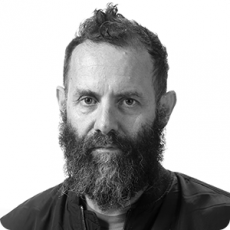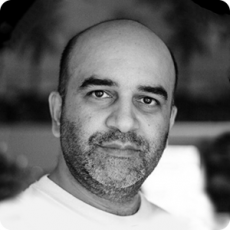Afghanistan suffers from one of the world’s longest protracted complex emergencies due to conflict, natural disasters and mass population movements. Being an aid worker in this conflict zone demands passion, determination and courage, particularly when sometimes all that can be heard at night is the sound of explosions. We asked several humanitarian aid workers who have served in Afghanistan to share their stories.
How did you become an emergency worker in Afghanistan?

“The first time I worked in Afghanistan was in March 2002. The country was still coping with the fall of the Taliban era which had taken place three months before my arrival. I was employed there by an Italian NGO, Cesvi, in the northern part of the country. Initially, I was the only expatriate working for Cesvi and I organized offices and recruited staff for our programs in the provinces of Kunduz, Sar-e-pol, Jowzjan, Faryab, and Balkh. It was my first experience in Afghanistan but I already had many years’ experience working with NGOs in South East Asia and Africa. It was an amazing period in my life because, at that time, I was able to witness the country’s transition following the Taliban period as well as visiting and returning to far remote villages in Faryab. After that experience, I returned to Afghanistan in 2004 mainly working in Herat, Badghis, and Farah. Finally, my last mission was in 2014 for another two years being based in Kabul but working mainly in the east.”

“I became an emergency worker in Afghanistan after my graduate studies at Columbia University in New York right after 9/11. I was moved by all things Afghanistan. It had had such an impact on me growing up in India with Tagore’s beautiful stories about Kabuliwallah and seeing the country suffer made me want to go there. I had also studied Persian at graduate school and believed my destiny was there and so I went, and I really did need to be there.”
What are the biggest challenges faced by an emergency worker in Afghanistan?

“Life in Kabul was always within very secure compounds and all movement was carefully organized. I would say the biggest challenge is that, for certain areas, obviously you need to work on “remote management”. For instance, during my last two years, I wasn’t able to visit Paktika due to security challenges. Another challenge could be the restriction of movement even in the big towns. Most of the organizations do apply a curfew and many areas are a no-go zone. However, it is all a matter of getting used to it.”

“The biggest challenges faced by an emergency worker are the sheer magnitude of the differences between daily life in Afghanistan – gender relations, dust, violence, the possibility of anything in the air – and the more ordinary daily events of life in many parts of the east and the west. It is especially hard for female colleagues, as they can be constantly asked about their personal life and also find it very restrictive in terms of their personal liberties and choices.”
What was the most difficult situation you remember from your experience of working in Afghanistan?

“One of the most critical situations was during the making of a documentary for a donor in the province of Kunar when, while meeting some disabled staff, a rocket was fired at us by some Taliban from a nearby hill.”

“Losing my best friend to an attack. I still can’t bring myself to mourn or to talk about it.”
What are some misconceptions about being an emergency worker in Afghanistan?

“One misconception is probably that it is a place where you cannot move and have limited interaction with the local community. However, this is not always the case. For instance, one thing that people will realize within a few days of being deployed in Afghanistan is the warmth of the people. I am currently still in contact with many of my former local staff. Visits to villages are also an amazing experience because of the warm hospitality of the local community. The country and the landscape are also spectacular.”

“That it is all negative. I have been back multiple times, in 2004/5, then 2012/13/14, then 2018/19. It is like no other place. The people have never been colonized or enslaved and are very hospitable and proud and self-loving. The country itself endlessly beautiful. The bazaars are exquisitely colorful. It is just so beautiful.”
What is your advice for those who want to follow in your footsteps?

“My advice is always to prepare before deployment by trying to read more about the local culture, the history, the religion. I have seen many people who showed little or minimal interest in the country that they were working in. Reading and getting oneself educated about the country prepares you to avoid taking a superficial approach and helps you to become more deeply involved in the situation in which you are living.”

“If your heart beckons and the opportunity knocks, go and serve. The people of Afghanistan are the nicest you’ll meet, and you will change in such profound ways that you will not want to leave. It is like a first love, a place where, once you serve and spend time, you feel so powerfully connected that you feel you really are useful.”
Check more than 300 job opportunities in Humanitarian Aid & Emergency here.

